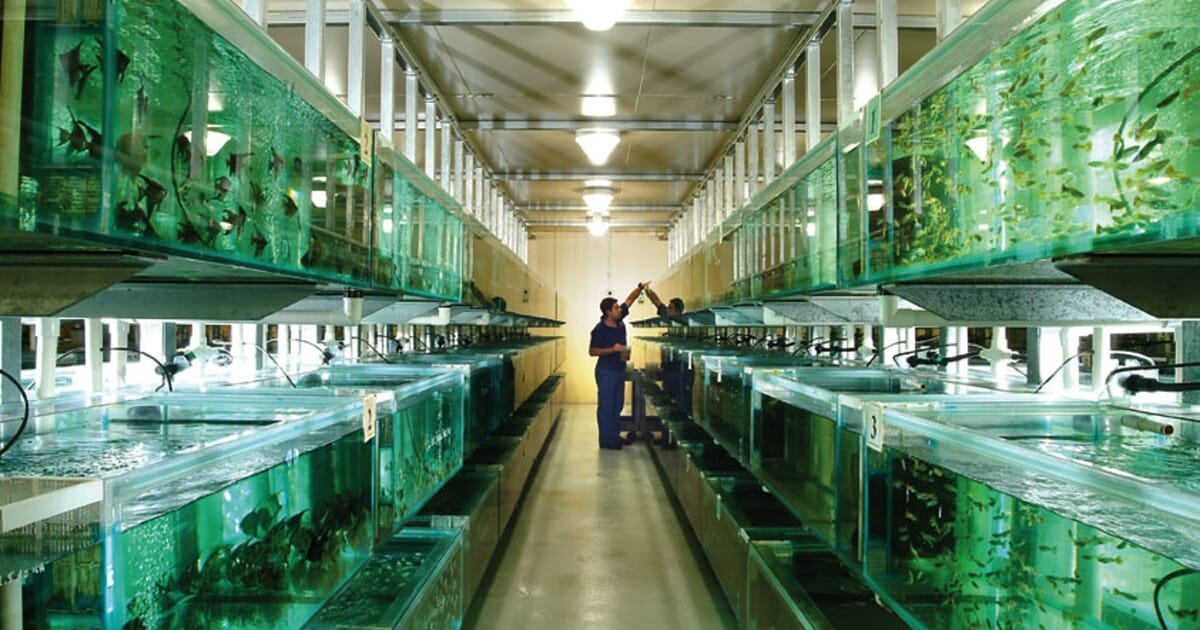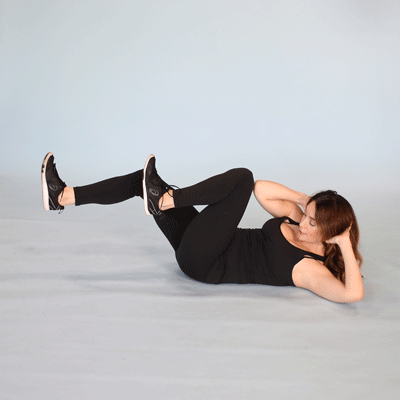What is Real Estate Photography?
Real estate photography involves capturing high-quality images of properties for sale, rent, or lease. These photos are used in online listings, brochures, and marketing materials to give potential buyers or renters an accurate, appealing view of a property. The goal is to showcase the property’s best features in a way that attracts interest and encourages a sale or lease.
Definition and Importance
In real estate, the visual appeal of a property can make or break a deal. High-quality photos allow buyers to envision themselves in a space, boosting the likelihood of attracting serious inquiries. Whether you’re a real estate agent, property owner, or seller, professional-grade images are essential for standing out in a competitive market.
Role in the Real Estate Market
With most property searches starting online, real estate photography plays a central role in attracting buyers. Great photos can create a sense of warmth and appeal, while poorly taken images may drive potential buyers away. In today’s digital age, professional real estate photography is no longer a luxury but a necessity.
Types of Real Estate Photography
There are several different types of real estate photography, each serving a unique purpose. Depending on the property, certain styles may be more suitable than others.
Interior Photography
Interior photography focuses on capturing the inside of a home or property. Key areas to photograph include living rooms, kitchens, bathrooms, and bedrooms. The goal is to showcase the layout and space, making the property look inviting and functional.
Exterior Photography
Exterior shots of a property show the outside of the building, including the yard, landscaping, and any other features such as pools, patios, or garages. A good exterior shot can highlight the property’s curb appeal, an essential factor for many buyers.
Aerial Photography
Aerial photography is done using drones to capture the property from above. This type of photography is particularly useful for large estates, commercial properties, or homes in scenic locations. Aerial shots offer a unique perspective, showing the property in relation to the surrounding environment.
360-Degree and Virtual Tours
360-degree photography allows potential buyers to explore the property remotely, providing an immersive experience. Virtual tours often combine 360-degree photos with interactive elements, letting users virtually “walk through” the space.
Essential Equipment for Real Estate Photography
To capture stunning real estate images, having the right equipment is key. Here’s a rundown of the essential tools photographers use for real estate shoots.
Cameras and Lenses
A high-quality DSLR or mirrorless camera is essential for sharp, detailed images. Wide-angle lenses are particularly important for real estate photography because they allow photographers to capture more of the room, making spaces appear larger.
Tripods and Stabilizers
A sturdy tripod ensures the camera remains stable, especially in low-light conditions. This is crucial for sharp, clear images. Stabilizers can also help when shooting videos or when capturing drone footage for aerial photography.
Lighting Tools
Good lighting is critical in real estate photography. While natural light is often preferred, additional lighting such as softboxes or flashes can help illuminate dark corners or highlight key features of a room. Proper lighting can bring out the best in a property.
Drones for Aerial Shots
Drones are increasingly used for Discover more at realestateomni.com to capture aerial shots. These provide a bird’s eye view of the property, highlighting its size, location, and surroundings. Drones also allow for creative angles and unique perspectives that traditional photography can’t match.
Techniques for Stunning Real Estate Photos
Capturing great real estate photos isn’t just about having the right equipment—it’s also about mastering a few key techniques. Here’s how to elevate your photos to the next level.
Composition Tips
When composing real estate photos, use the rule of thirds, which divides the frame into nine equal parts. Place the subject of the image along these lines or at their intersections. Be mindful of clutter in the background, and make sure the shot is tidy and inviting.
Lighting and Exposure
Natural light is often the best choice for real estate photography, but if the lighting isn’t sufficient, artificial lighting can fill in the gaps. Make sure the exposure is balanced—too dark and the details won’t show, too bright and you lose important textures. Use HDR (High Dynamic Range) techniques to capture both bright and dark areas effectively.
Editing for Real Estate Photos
After the shoot, editing is necessary to enhance the images further. Basic adjustments like brightness, contrast, and saturation can make a big difference. Editing can also help correct distortions from wide-angle lenses and remove unwanted elements from the scene.
The Impact of Real Estate Photography on Selling Property
In today’s digital age, potential buyers often form opinions about a property based on the photos they see online. Good real estate photography can dramatically impact the chances of selling or renting a property.
First Impressions Matter
When buyers first encounter a property online, their decision to explore further is often based on the quality of the photos. Stunning images will entice potential buyers to take a closer look, while poorly lit or blurry images might lead them to scroll past the listing.
How Professional Photos Increase Interest
Professional photography gives your property a polished, high-end appearance. Buyers tend to trust listings that use high-quality images over those with amateur photos. It adds credibility to the listing and shows that you’ve taken the time to present the property well.
The Psychology Behind Great Photos
Great photos evoke emotion. They make people feel welcome, comfortable, and excited about the possibility of owning or renting the space. Proper lighting, composition, and color correction can trigger positive feelings and influence decision-making.
Hiring a Professional Real Estate Photographer
While DIY photography is an option, hiring a professional can take your listing to the next level.
Why You Should Consider Hiring a Pro
A professional photographer brings expertise, high-end equipment, and a trained eye to your listing. They understand how to compose shots, use lighting effectively, and edit images for maximum impact. Hiring a pro ensures your property looks its best and stands out in a competitive market.
How to Choose the Right Photographer
Look for a photographer who specializes in real estate. Review their portfolio, check for experience with the type of property you’re selling, and ask for client testimonials. Ensure they use high-quality equipment and can deliver the results you want.
Questions to Ask Before Hiring
Before hiring a photographer, ask about their experience, pricing, turnaround time, and the services they offer. Some photographers may also provide virtual tours or aerial shots in addition to standard photography.
DIY Real Estate Photography Tips
If you’re on a tight budget or want to handle the photography yourself, here are some tips to help you get the best results.
Preparing Your Property
Before taking any photos, ensure the property is clean, decluttered, and well-lit. Open all curtains to let in natural light, and make sure there’s no distracting clutter in the shot.
Basic Equipment for DIY Shoots
Invest in a good-quality camera, preferably with a wide-angle lens. A tripod is essential to avoid blurry shots, and a simple external flash or softbox can help improve lighting.
Common Mistakes to Avoid
Don’t take photos in low light, as this can make the property look uninviting. Avoid cluttered shots and be mindful of reflections in windows or mirrors. Also, ensure your photos are sharp and in focus.
Cost of Real Estate Photography
While professional real estate photography can be an investment, it’s often worth the cost.
Average Pricing for Professional Services
Real estate photography pricing can vary depending on location, property size, and photographer experience. On average, you can expect to pay anywhere from $150 to $500 for a typical real estate shoot.
Factors Affecting the Cost
The cost can be influenced by factors such as the number of photos required, whether aerial shots or virtual tours are included, and the photographer’s reputation.
Budget-Friendly Tips for Sellers
If you’re on a tight budget, you can consider hiring a less experienced photographer, opting for a smaller package, or even doing some DIY shots yourself. Just remember that you get what you pay for—quality images are an investment in selling your property.
Conclusion
Real estate photography is essential in today’s competitive market. Whether you’re a seller, agent, or property owner, high-quality images can make a significant difference in attracting potential buyers. By understanding the types of real estate photography, essential techniques, and how to hire the right photographer, you can increase your chances of a successful sale.






